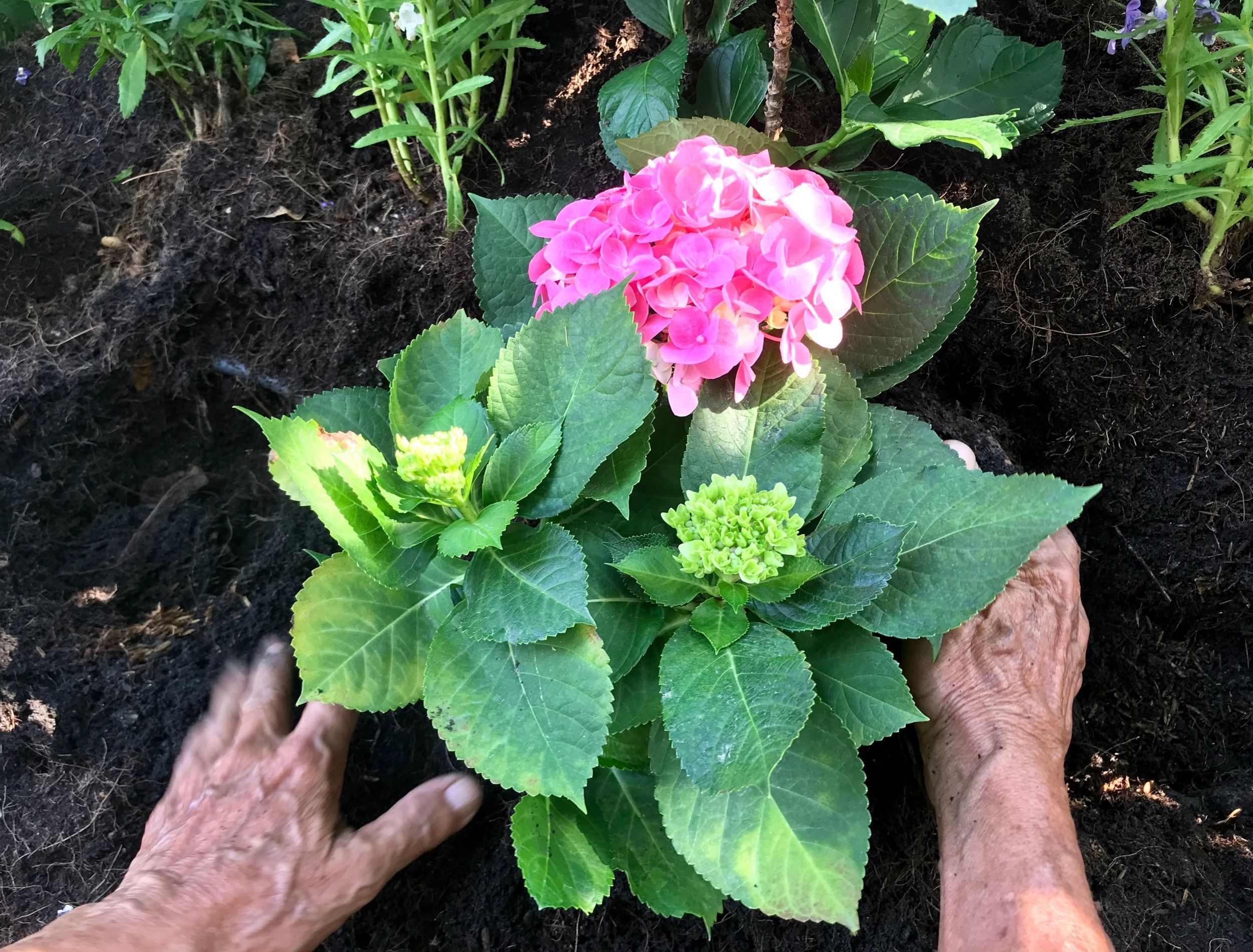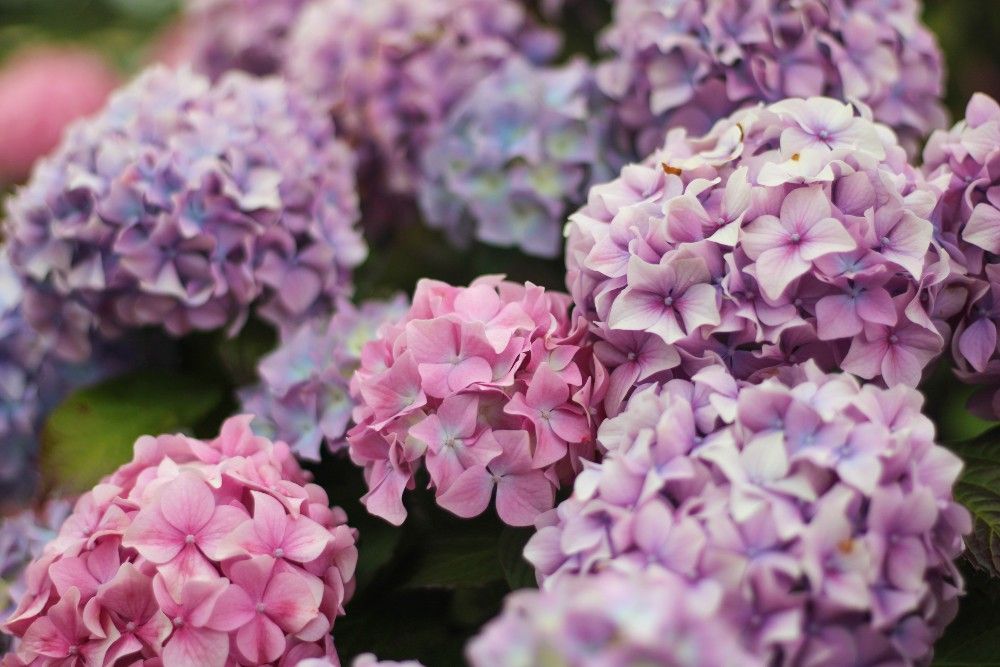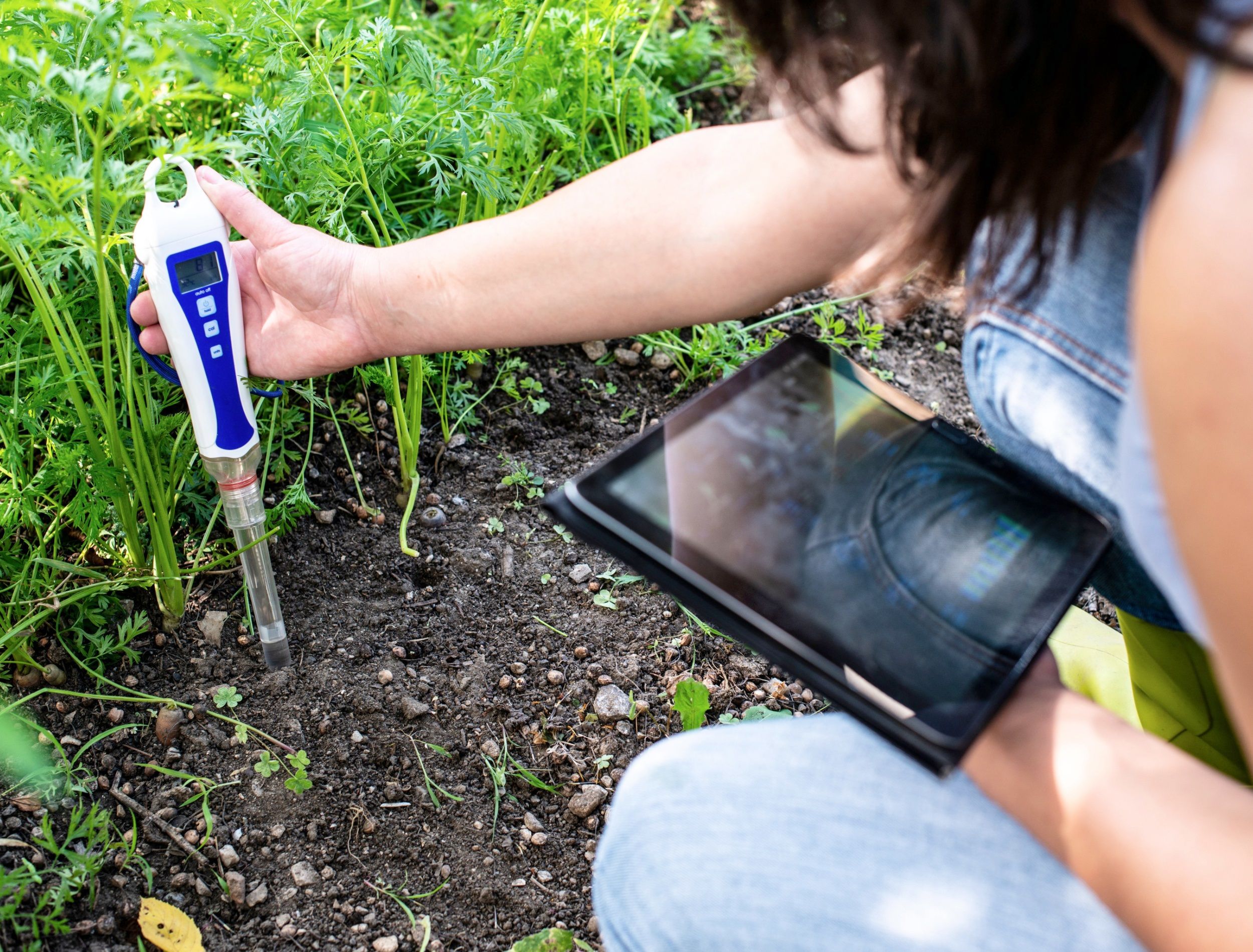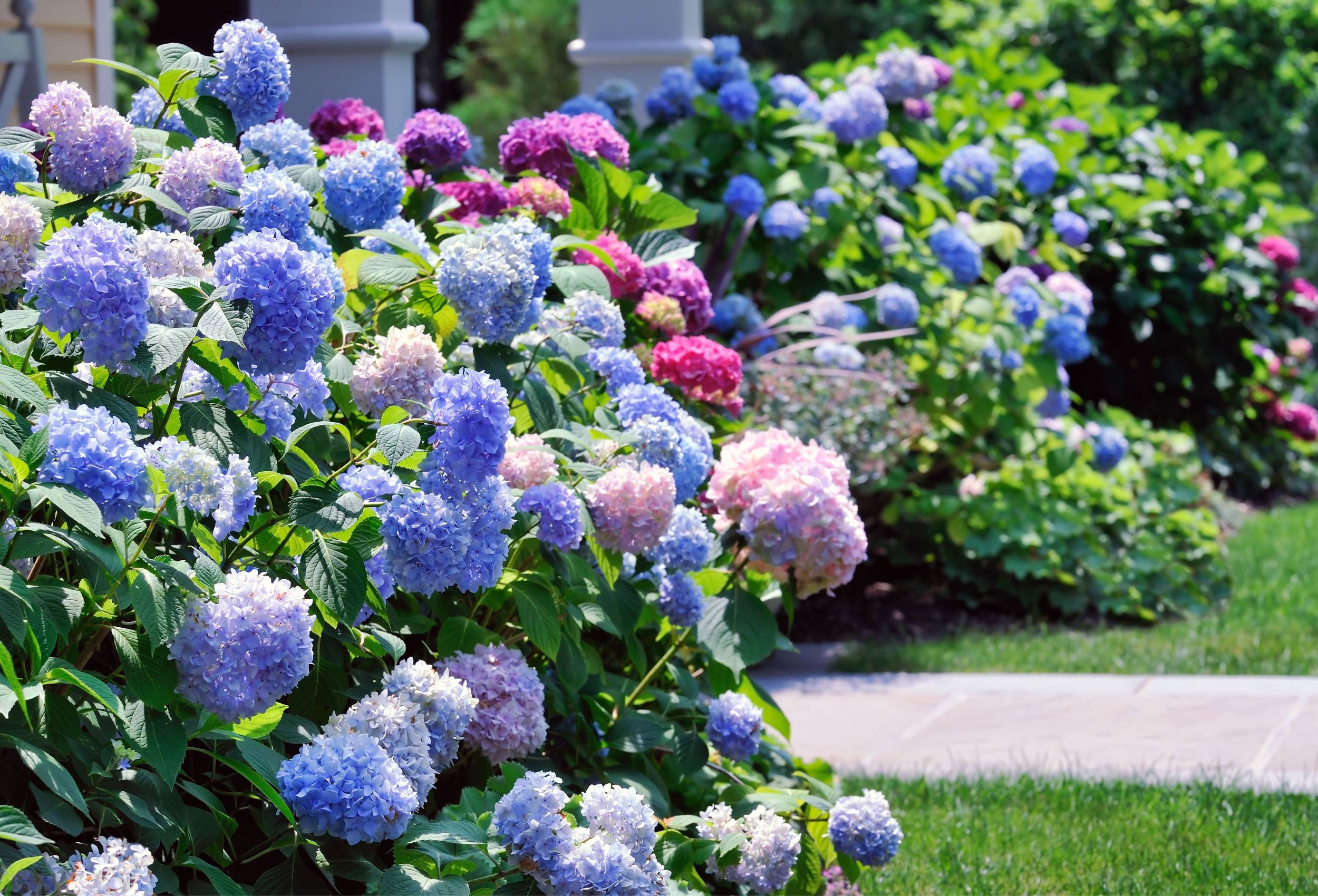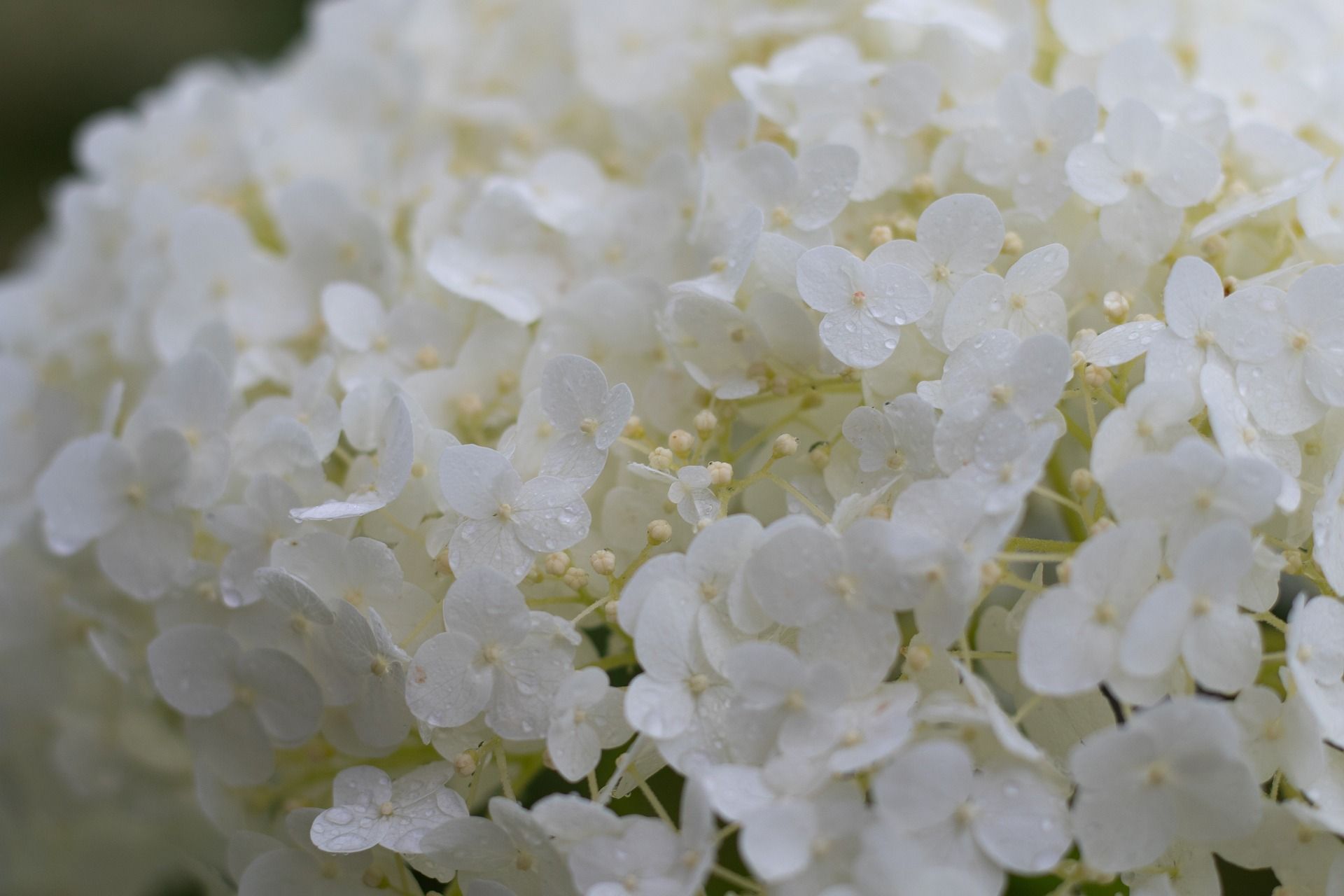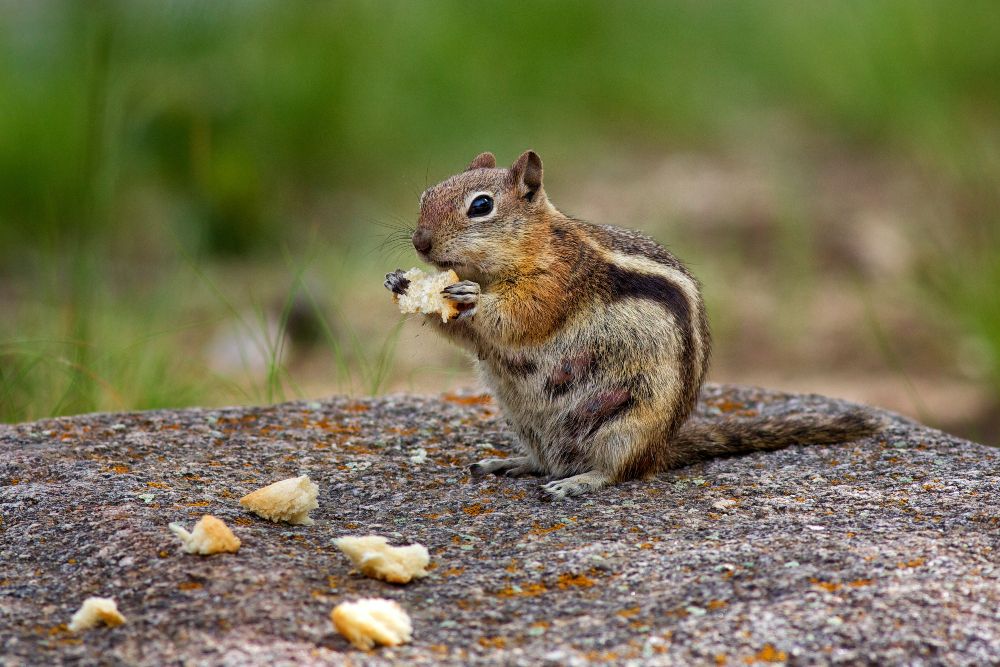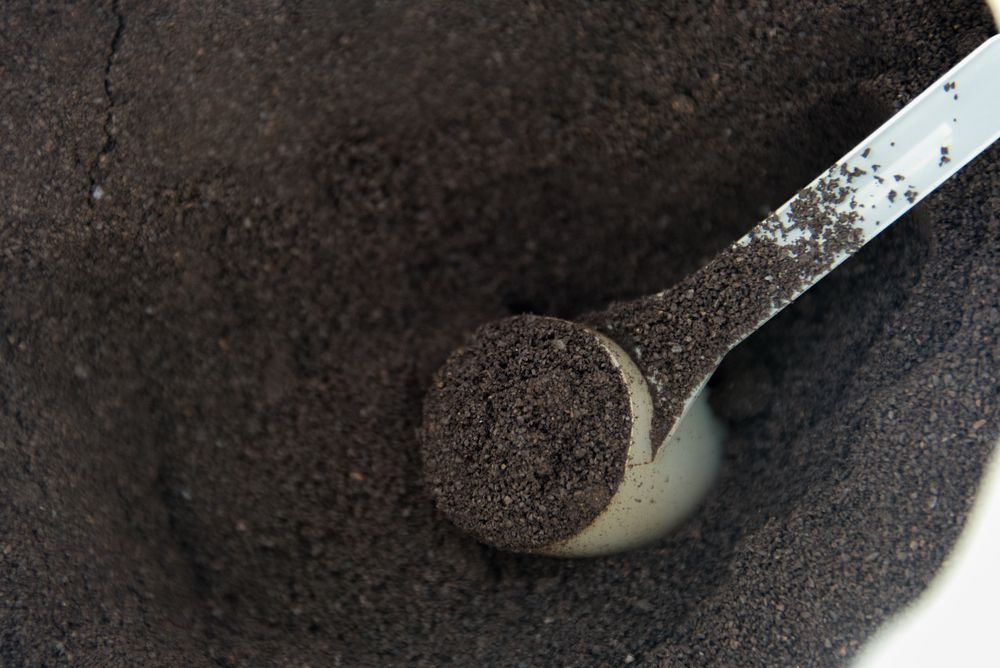From weddings to backyards, hydrangeas are some of the most popular flowers around for almost any occasion and landscaping. Not only does this delightful shrub give off an inviting aesthetic, but it's surprisingly hardy!
Adding coffee grounds to your hydrangea soil may seem bizarre and counterintuitive, but it highly benefits your blooming hydrangeas. Discover why you should think about incorporating coffee grounds into your next batch of soil mix when planting or caring for new and existing hydrangea beds in your garden.
Coffee and Hydrangeas -- What's the Deal?
Image credits: Connor Moyle via Unsplash
If you've ever seen a garden overflowing with vibrant blues and purples, chances are they were hydrangeas. If you're looking to add that same pop of color to your own outdoor space, look no further than coffee grounds! You read that right -- adding coffee grounds to the soil around your hydrangeas actually helps them turn those desired shades of blue and purple.
This simple trick is not only easy and cost-effective, but it also creates an ideal environment for your hydrangeas to thrive in. By increasing the acidity levels in the soil, you give these beauties the nutrients they need so they reach their full potential! And what's more, it requires nothing more than coffee grounds and a bit of water.
A Word on pH
Image credits: Deyan Georgiev via Shutterstock
If you're looking to add a splash of color to your garden, hydrangeas offer a beautiful and vibrant option. But not all hydrangeas are the same hue. Their colors range from blue to purple and even pink. How is this possible? It's all thanks to one important element in gardening that often goes overlooked: pH level.
PH is essentially a measure of acidity or alkalinity in soil, which directly affects the color of your blooms. For example, if you want blue hydrangeas, aim for an acidic pH of 5.5 or lower. If you prefer pink blossoms, then target a pH close to neutral or alkaline -- 6.5 or above.
How to Use Coffee Grounds to Change Your Hydrangea Color
Image credits: Jorge Salcedo via Shutterstock
Use coffee grounds to create beautiful colors and shades on your hydrangeas, varying from light blue and pink to deep hues like purple. Here's a step-by-step guide on how to use coffee grounds to change the color of your hydrangeas:
Test Your Soil
Testing the soil pH level of your hydrangea is an important step to determine whether you should use coffee grounds to change its color.
To test the soil pH level, use a soil test kit that measures both acidity and alkalinity levels. Follow the instructions on the test kit to take a sample of the soil from around your plant. Once you know the pH level of your soil, then decide on whether to proceed with using coffee grounds around your hydrangea.
Apply the Coffee Grounds
Now it's time to amend the soil and increase its acidity. The simplest way to do this is by digging dried coffee grounds into the soil around your hydrangeas, which helps create an acidic environment for them to thrive in.
Mix the unused coffee grounds in well with the existing soil, so there are no clumps or patches of coffee grounds visible on top of the ground -- This method may take some time. Just laying out a layer of coffee grounds on top of the soil surface won't bring many results. You will wash away the coffee with watering.
Alternatively, add your coffee grounds into your compost and add it to your hydrangeas once or twice a year. However, this may be slower than digging it directly into the soil.
Water Well
Finally, water your hydrangeas weekly during the growing season and monitor them to make sure they're thriving in their new environment with added coffee grounds! Although this process is not a quick one, you should start noticing subtle differences in color as well as increased health of the plants within one growing season.
Type of Hydrangeas That Change Color
Image credits: Sonja-Kalee via Pixabay
Mophead, lacecap, bigleaf, and French hydrangeas are all popular types that you find in many gardens. The great thing about these varieties is that you can change the color of their flowers by adjusting the pH of your soil. For example, if you want blue flowers, make your soil more acidic by adding coffee grounds. If pink is more your style, use lime to increase the alkalinity of your soil.
While Oakleaf (Hydrangea quercifolia) and PeeGees (Hydrangea paniculata) can't have their colors changed, they still make a lovely addition to a garden.
Bonus Benefit
Image Credits: Adriaan Greyling via Pexels
Coffee grounds are an effective and natural way to protect your hydrangeas from pests. Not only do they help change the color of your beloved plants, but they also act as a natural deterrent for pesky bugs and rodents. Coffee grounds have a strong smell that most animals can't stand. This makes them perfect for keeping away chipmunks, squirrels, rabbits, and cats who may otherwise snack on the fragile petals of your cherished hydrangeas!
To use coffee grounds as a deterrent around your garden perimeter, sprinkle the grounds around the border where you don't want critters entering. To ensure the scent is extra pungent and sticks to the ground, add just a few drops of water. Test a discreet spot first to make sure the coffee does not damage your plants.
Note that you will have to keep applying the coffee grounds to get the desired effect, making your soil more acidic.
Caveat to Using Coffee Grounds
Image credits: Beach Creatives via Shutterstock
When using coffee grounds for hydrangeas, consider the possible drawbacks. Coffee grounds are acidic and alter the pH of soil over extended periods of time.
The nitrogen content in coffee grounds may also have an adverse effect on some plants, particularly if used in large amounts. Too much nitrogen causes plants to foliage exponentially, resulting in rapid growth with few blooms. For this reason, begin with small doses and see how your plants respond before increasing the amount.
Finally, while coffee grounds are acidic, they are not as effective at amending pH levels as other materials like sulfur or limestone.
Overall, using coffee grounds for hydrangeas is beneficial -- but only if done carefully. Monitor the effects closely and adjust your usage accordingly to ensure optimal results.
"Brew" Some Magic in Your Garden
Hydrangeas are a staple in many home gardens, and people love them for their multi-toned blooms that bring a touch of vibrancy to a garden. Though some mistakenly assume it's impossible to turn the flowers from pink to blue and purple, the reality is that adding coffee grounds to the soil around your hydrangeas does wonders. Not only is this incredibly simple trick cost-effective, but it's also great for unlocking a hydrangea's potential.
Keep in mind that this may take some trial and error. Different types of soil need varying concentrations of coffee grounds to achieve the right acidity levels. To give yourself an edge over the competition and have gorgeous hydrangeas all year 'round, try out this technique today!
If you've ever made use of this method or if you've had success with other techniques when growing hydrangeas, leave a comment below. And don't forget to share with your family and friends!

